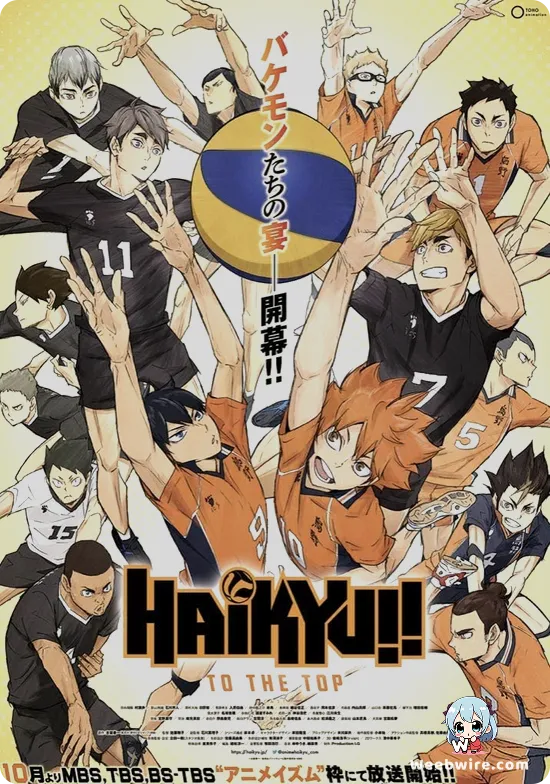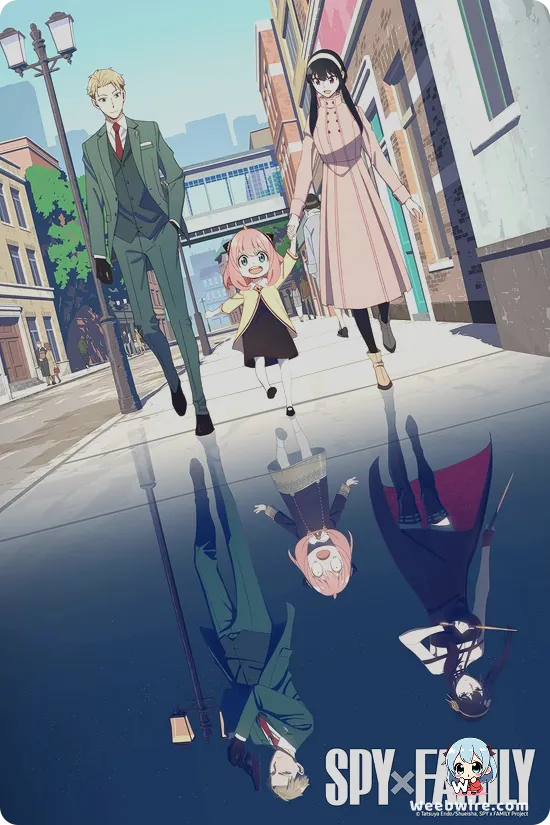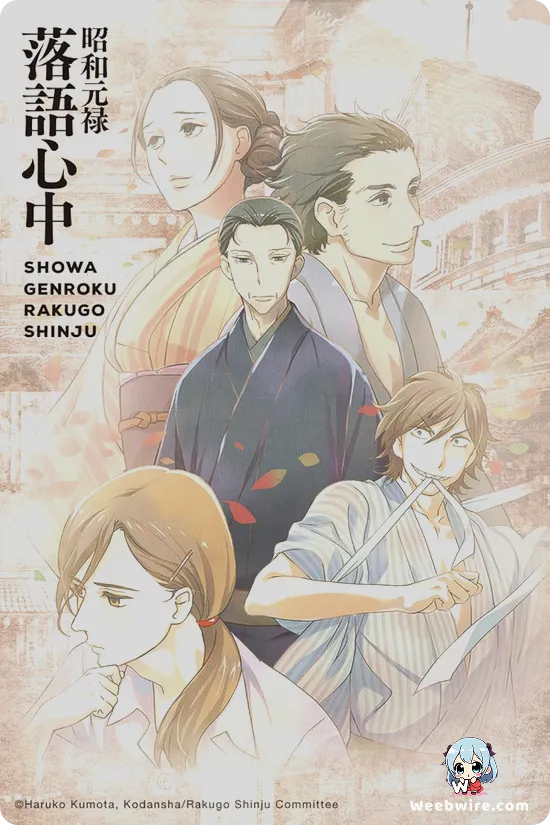Before 'Horimiya': A Deep Dive into the Original 'Hori-san to Miyamura-kun' OVAs
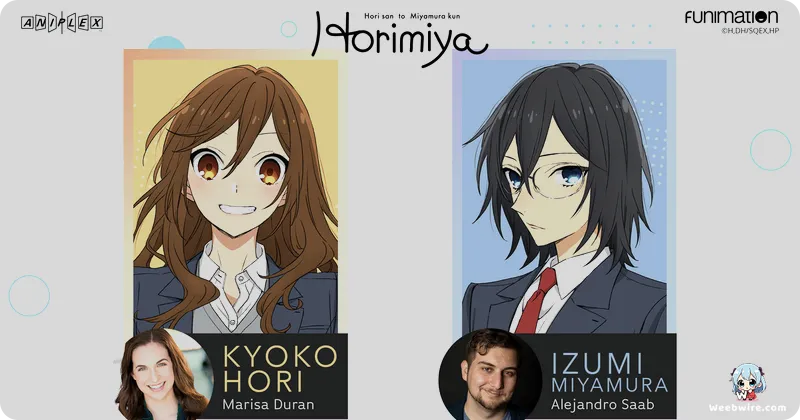
Before the globally recognized adaptation of Horimiya captivated audiences, a pivotal animated precursor laid the foundational groundwork: the Hori-san to Miyamura-kun Original Video Animations (OVAs). Produced by Hoods Entertainment and first released in September 2012, these OVAs served as the initial direct animated interpretation of HERO's acclaimed webcomic. This series is crucial for understanding the franchise's evolution, offering unique insights into its origins and early creative choices. While many fans are familiar with the polished animation of the 2021 TV series, these OVAs provide a captivating glimpse into the series' roots, faithfully retaining much of the original charm and stylistic nuances of HERO's self-published online work.
A compelling aspect, and a key differentiator, lies in the OVAs' distinct art direction. HERO's original webcomic, hosted on 'Dokkai Ahen' from 2007 to 2011, featured an unrefined, almost sketch-like aesthetic, with characters often depicted minimally, sometimes resembling simple doodles. This raw, yet expressive, visual approach was integral to its early appeal, prioritizing genuine emotions and sharp dialogue. The Hoods Entertainment OVAs made a deliberate artistic choice, animating characters with a more conventional yet unique appearance that hewed closer to the webcomic's spirit than the refined manga art by Daisuke Hagiwara that would follow. This decision meant the initial animated version presented a distinct visual interpretation of characters like Izumi Miyamura, whose memorable transformation from a quiet, bespectacled bookworm to a pierced and tattooed individual was portrayed with a subtler progression compared to later adaptations.
Intriguingly, the Hori-san to Miyamura-kun OVAs were already in production before the Horimiya manga began its serialization. The manga, which later became the primary source for the immensely popular 2021 TV anime, commenced its run in Monthly G Fantasy in 2011. However, the OVAs proceeded independently, drawing directly from chapters of HERO's original webcomic. This establishes the Hoods Entertainment version as a pioneering animated work, a powerful testament to the webcomic's burgeoning popularity even prior to its widespread manga adaptation, highlighting the organic growth of a franchise that blossomed from a passionate personal project into a multi-media sensation.
Furthermore, the OVAs were instrumental in giving these iconic characters their very first animated voices. While lead voice actors for Kyoko Hori and Izumi Miyamura differed between the OVAs and the 2021 TV series, a delightful consistency emerged with certain supporting characters. Notably, Yoshitsugu Matsuoka lent his voice to Toru Ishikawa, and Nobuhiko Okamoto voiced Kakeru Sengoku in both the Hoods Entertainment OVAs and the subsequent CloverWorks TV series. This continuity offers a subtle yet meaningful nod to devoted fans who followed the series from its earlier animated iterations, fostering a sense of connection despite varying production teams and visual styles.
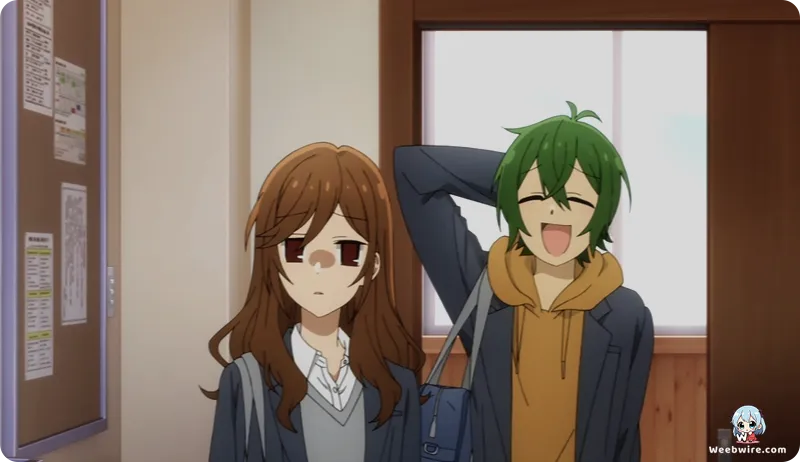
The narrative depth embedded within Hori-san to Miyamura-kun, even in its original webcomic and subsequently in the OVAs, is truly remarkable. HERO masterfully explored universal themes of hidden identities, self-acceptance, and the profound connections forged when individuals shed their facades. Kyoko Hori, the seemingly popular high school student, secretly shoulders significant household responsibilities. In contrast, Izumi Miyamura, her quiet classmate, conceals a punk-rock persona with numerous piercings and tattoos. Their accidental discovery of each other's secret lives forms the narrative's emotional core, blossoming into a heartwarming and often humorous exploration of adolescence and first love. The OVAs adeptly captured this nuanced storytelling, delivering a realistic portrayal of teenage relationships that resonated with authenticity and refreshing honesty.
While not as globally ubiquitous as the later TV series, fan reception for the Hori-san to Miyamura-kun OVAs was notably enthusiastic among those who had diligently followed HERO's webcomic. These OVAs were lauded as a highly anticipated visual realization of a cherished online phenomenon. Viewers praised their fidelity to the source material's tone and intricate character dynamics, even with artistic adaptations. For many, the OVAs served as their initial introduction to the animated world of Hori and Miyamura, establishing a visual and auditory foundation. The modest production, characteristic of many OVAs, facilitated a more focused and intimate adaptation, free from weekly broadcast pressures. This allowed creators the liberty to truly delve into specific narrative arcs and pivotal character moments, offering a richer, more concentrated viewing experience for dedicated fans of the original.
In conclusion, the Hori-san to Miyamura-kun OVAs by Hoods Entertainment transcend the label of a mere early adaptation; they stand as an indispensable artifact in the franchise's rich history. They represent the formative stages of a narrative that would ultimately evolve into a global sensation, showcasing the raw creative genius of its original author, HERO, and the enduring, universal appeal of its characters. This series is a compelling testament to how a simple, heartfelt story, even originating from humble beginnings and featuring a distinct art style, can profoundly captivate audiences and successfully pave the way for multiple celebrated adaptations. A thorough understanding of the origins and unique attributes of these OVAs significantly enriches one's appreciation for the entire Horimiya universe, providing deeper insight into the characters and the remarkable creative journey that brought them to vivid life. They truly stand as a fascinating precursor, an essential chapter for any true connoisseur of the series, illustrating the incredible transformation of Hori and Miyamura from simple webcomic doodles to indelible animated icons.
Credits
Hori-san to Miyamura-kun
Author
HERO
Cover Art
Kazuya Kuroda
Studio
Hoods Entertainment
Publisher
Square Enix
Producers



